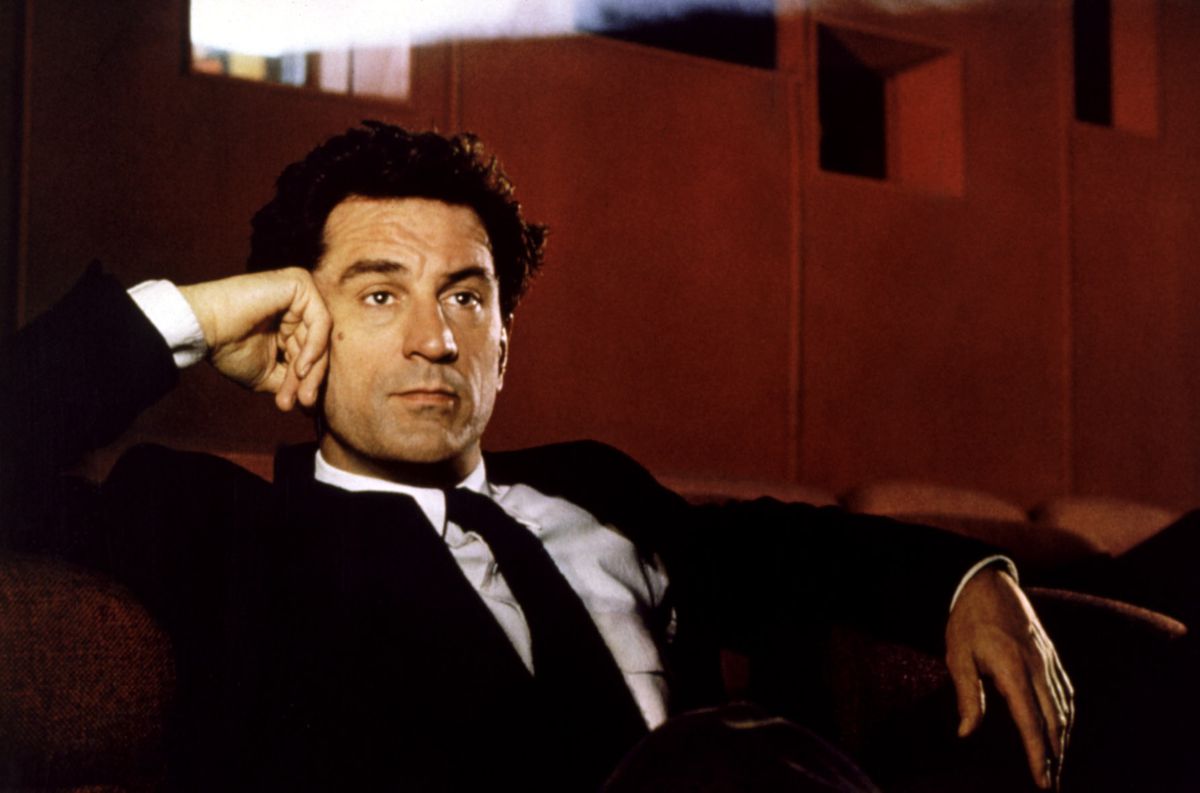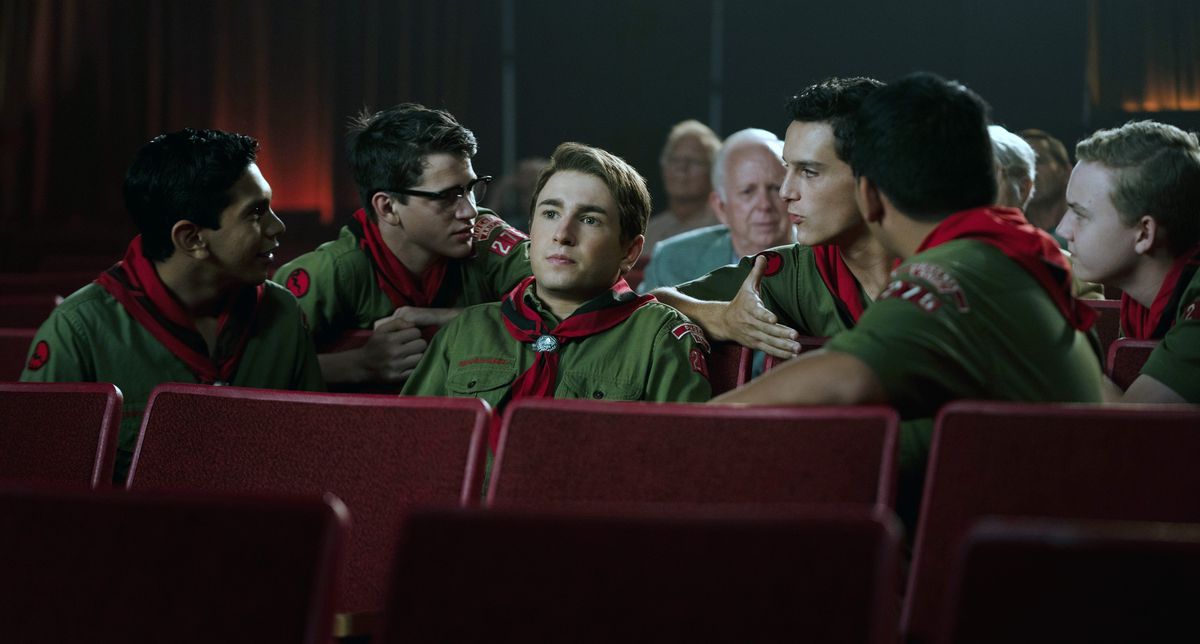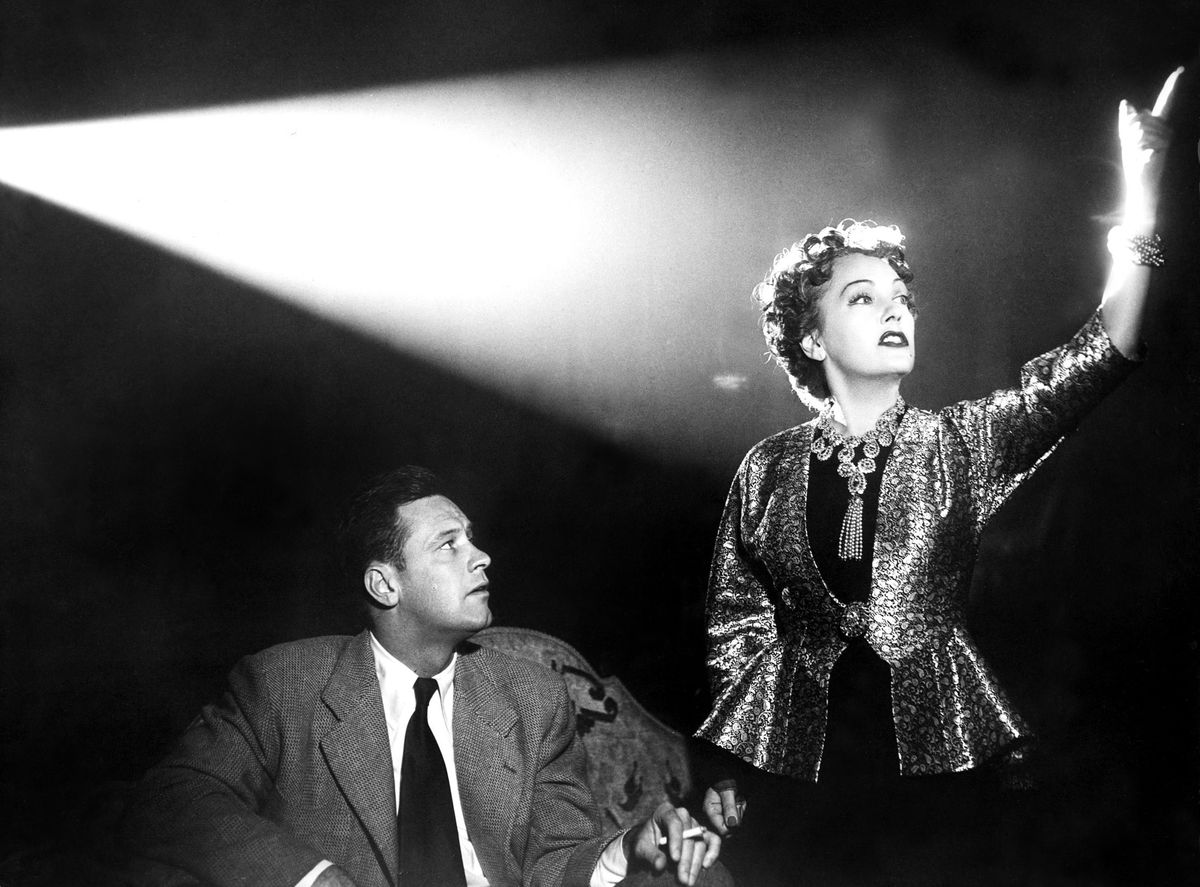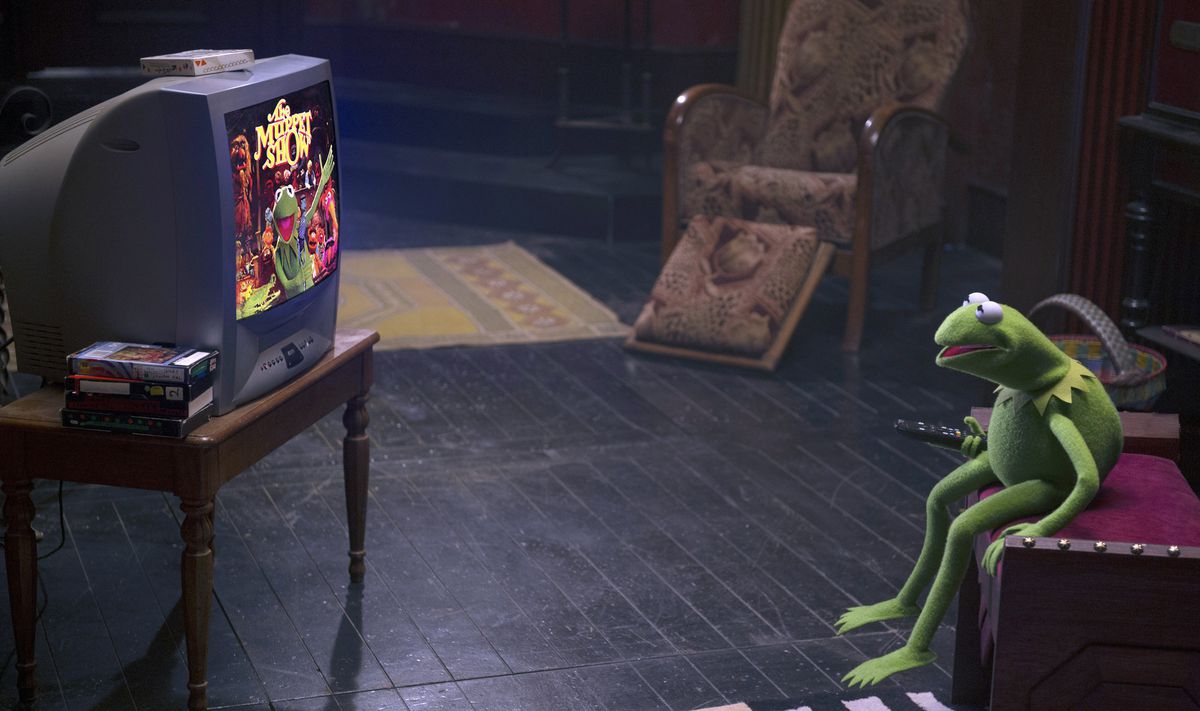How to enjoy movies more
The rise of streaming services means that there are more options than ever about which movies to watch and how to watch them. But those options have also jaded many of us. It’s easy to feel so overwhelmed by choice that you end up watching movies out of a sense of obligation, whether that means doggedly trying to keep up with the Marvel Cinematic Universe or taking in all the conversation starters of awards season. Or maybe you don’t watch anything anymore. But when watching feels like homework, it’s easy to feel like any movie that isn’t an absolute banger is wasting valuable time that could have been used on something else.
Many of us still love movies – enjoy watching them, talking about them, reading about them and even collecting them. If you’ve been feeling disengaged or even bored with movies lately, you may be plagued by the ‘hundreds of titles released every year, but there’s nothing good to watch,” or if you find yourself doing a second screening to stay engaged, you’re certainly not alone. As someone who literally makes watching movies his job, I fight the “movies are homework” feeling as much as anyone else. Here are some solutions that help me enjoy movies more and might work for you, too.
Start with a plan about what you want to watch
Image: Google via Polygon
Plopping on the couch and scrolling through the launch pages of streaming services is a recipe for boredom. “I don’t know what I want, a streaming service, figure it out” is a high barrier for any movie or recommendation algorithm. Instead, decide what you want to watch before you turn on the TV, as if you were going to the movies. Actively looking forward to watching a specific movie will put you in a better, more curious, and more engaged state of mind before you’ve even started.
How do you choose one film when there are so many? First, keep your own running list of “movies to watch.” If you see a trailer, hear a recommendation, or notice a reference to something that looks like your kind of thing, write it down somewhere it’s accessible, like a memo app in your phone, your favorite streaming service’s queue feature, or movie-focused trackers such as JustWatch and Letterboxd. Anything to replace the feeling of “Eh, there’s nothing better to do, I think I’ll put on a movie” with a sense of anticipation.
Try something new

We all have our preferred genres, directors, and other categories, but comfort can often get in the way of finding our next favorite thing. How do you cultivate an eclectic taste? Risk.
To find something you’d never think to watch, check out Metacritic’s annual list best films of the yearor search for one Mailbox list That sounds interesting. Ask your friends or social media network for a recommendation based on your tastes, or work your way through one of the big, controversial, classic lists of the best movies ever made. Find sources you can trust; Polygon has plenty of guides to guide you to the best movies on whatever streaming service you prefer, or the best movies in your favorite genre.
“Try something new” also applies to ways to experience movies. Out of the habit of going to the theater? Try again the next time you have a Barbenheimer or a Top Gun: Maverickhigh-quality event film. Avoiding theater because you’re worried about the price tag or exposure to disease? If you are in a bigger city, look for free outdoor movie experiences in your area in the warmer seasons – they are quite common.
Give a new way of watching movies a try, even if you have doubts about it. I avoided the quarantine-era “remote movie night” phenomenon because I try to avoid distractions during movies, and it sounded annoying to watch my friends type out jokes on what we were watching. Instead, it was joyful and affirming, a real reminder that movies are a unifying communal experience. (Your mileage may vary; I’m lucky enough to think my friends are hilarious.) If you usually watch movies alone, try hosting a dinner-and-a-movie night. If you usually watch with friends, watch something alone. Mix it.
And if you really want to get ambitious with it, jump on a trend, or create one yourself. Phenomena like the Gentleminions movement or the wave of Barbenheimer costume displays were caused by fans approaching films as social events. TikTok may not make the movie itself better, but everyone starts enjoying it happily before walking through the door.
Build a network

For most people, experiencing any form of art is better when it is a social experience. Finding a group of friends, an online forum, a local film club, or some other social circle where you can talk about a movie you just saw can really help with that sense of involvement and community. Even finding a movie podcast, online reviewer, YouTube reactor, or Twitch streamer whose tastes align with yours can help enhance the movie experience. They may be less interactive, but they can still help you explain your reaction to a movie and perhaps make more profits. some insight into it.
Finding the right place for discussion is like finding a good doctor or therapist who really works well for you; it often takes work, and dealing with a bad doctor or therapist can be daunting. But it’s worth it to put together or create your own circle of film friends, in whatever form that takes.
Unfortunately, everyone is right when it comes to turning off the world around you

“Put your phone away, turn off the lights, and minimize distractions” is such routine advice for movie watchers these days that it should go without saying — but for many of us, it’s really hard advice to follow. And yet. Every movie that’s actually worth watching tries to put you in a specific atmosphere, whether that’s a mood, a setting, or a whole new world. Movies usually rely on creating and evoking emotions, and if you multitask while watching a movie, you’re placing your emotions somewhere else and trapping them in a place that the movie can’t access. The movie basically paralyzes you before you even start watching it. This is common advice for good reason, and if you haven’t tried it yet, you might be surprised at how well it works.
And if you’ve never watched movies in a completely darkened room, you might be surprised at how much this changes the visual experience. As films get darker, it’s easier to make out all the details if your TV is your only light source. Directors optimize movies so they can be viewed in a dark theater, not a well-lit room. Turning off the lights not only makes the TV more prominent in the room, but you can see everything on the screen more clearly and it all seems more immediate – a particular benefit for horror films, but it works with any genre.
Just give it 15 minutes

If you’re not enjoying a movie, take the opportunity to turn it off and try something else. Maybe you’re in the wrong mood for it. Maybe it’s just not your thing. Maybe you accidentally recorded the wrong version of The shining, and you regret it. Like any other form of entertainment, movies are meant to be engaging and distracting, and watching a movie that isn’t can leave you wanting.
But when you sit down to watch something, whether at home or at the cinema, alone or with friends, commit to giving it your full attention for just 15 minutes, and see how that goes. Just like the Pomodoro technique is intended to help people get things done by encouraging them to focus on something in short, sustained bursts, treating a movie not as a two-hour commitment but as a 15-minute experiment in ‘Is this what I’m in the mood for’? for now?” can make it easier to sit down and get started. Give it a try and have fun filming.
